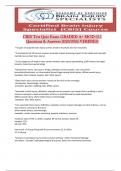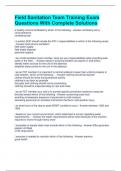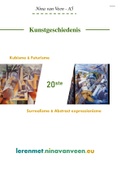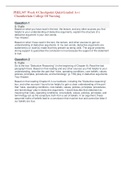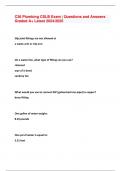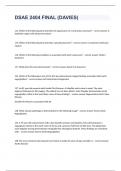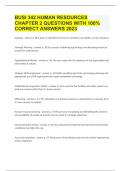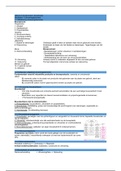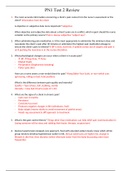Exam (elaborations)
CBIS Test Quiz Exam GRADED A+ MOD 015 Questions & Answers 2023/2024 VERIFIED
- Course
- Institution
CBIS Test Quiz Exam GRADED A+ MOD 015 Questions & Answers 2023/2024 VERIFIED **2 types of acquired brain injury correct answers Traumatic and non-traumatic *2 mechanisms of TBI correct answers traumatic impact (involving impact to the head) and traumatic inertial (non-contact brain injury) ...
[Show more]
